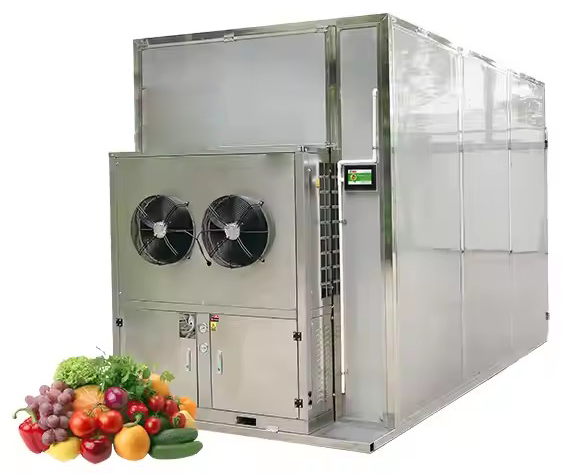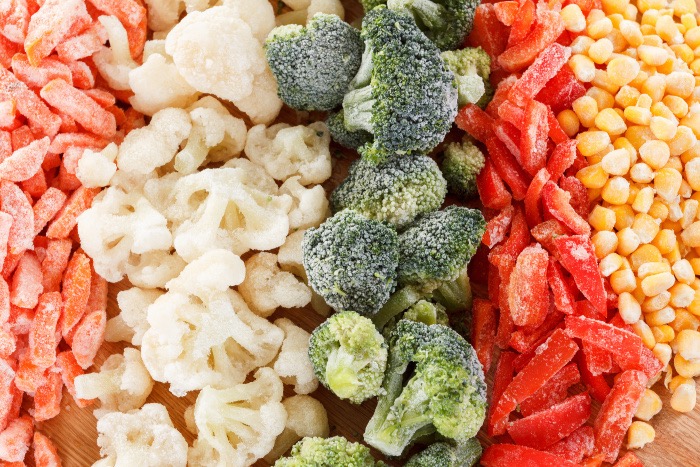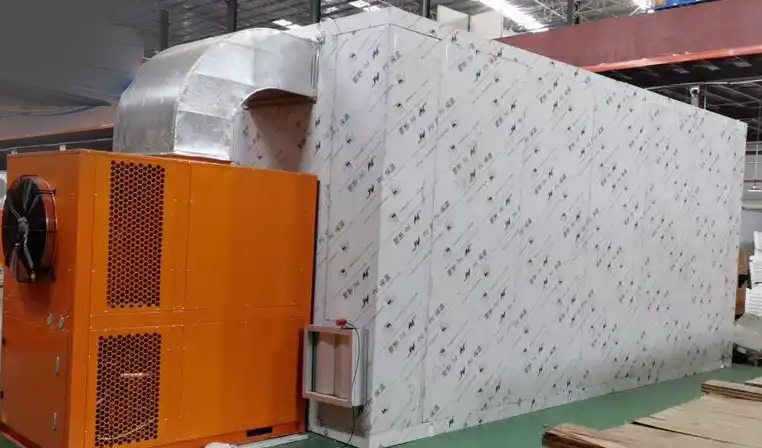
Content Menu
● Understanding Food Drying Technology
>> What is a Heat Pump Dryer?
>> What is a Condenser Dryer?
● Comparing Heat Pump Dryers and Condenser Dryers
● Performance Analysis
>> Energy Efficiency
>> Drying Speed
>> Quality of Dried Products
● Practical Applications in Food Processing
● The Role of Humidity Control
● Innovations in Food Drying Technology
● Conclusion
● FAQ
>> 1. What are the main differences between heat pump dryers and condenser dryers?
>> 2. Are heat pump dryers worth the investment?
>> 3. Can I use both types of dryers in my facility?
>> 4. How do I maintain my dryer?
>> 5. Which dryer is better for fruits?
In the world of food processing, drying is a crucial step that affects both the quality and shelf life of food products. As a manufacturer of food dryers, understanding the differences between heat pump dryers and condenser dryers is essential for optimizing drying processes. This article explores these two types of dryers, focusing on their efficiency, speed, and overall performance in food drying applications.

Understanding Food Drying Technology
Food drying is a method used to preserve food by removing moisture. This process inhibits the growth of bacteria, yeasts, and molds, extending the shelf life of various food items. Two popular technologies in the market today are heat pump dryers and condenser dryers.
What is a Heat Pump Dryer?
A heat pump dryer uses a refrigeration cycle to transfer heat from one place to another. It operates by extracting moisture from the air inside the dryer and then using that moisture to generate heat. This process allows for efficient energy use and maintains a consistent temperature throughout the drying process.
Advantages of Heat Pump Dryers:
- Energy Efficiency: Heat pump dryers consume less energy compared to traditional dryers because they recycle heat.
- Gentle Drying: They operate at lower temperatures, which helps preserve the nutritional value and flavor of food.
- Environmentally Friendly: By using less energy, heat pump dryers have a lower carbon footprint.
What is a Condenser Dryer?
A condenser dryer, on the other hand, works by heating air and blowing it into the drum where the wet items are located. The moisture from the items evaporates and is condensed back into water, which is then collected in a tank or drained away.
Advantages of Condenser Dryers:
- Faster Drying Times: They typically dry items faster than heat pump dryers due to higher operating temperatures.
- Simplicity: The technology is straightforward and often less expensive than heat pump systems.
Comparing Heat Pump Dryers and Condenser Dryers
To determine which type of dryer is better for faster drying, we can compare them across several key factors:
| Feature | Heat Pump Dryer | Condenser Dryer |
| Energy Efficiency | High | Moderate |
| Operating Temperature | Low | High |
| Drying Speed | Slower | Faster |
| Initial Cost | Higher | Lower |
| Maintenance | Moderate | Low |
| Environmental Impact | Lower | Higher |
Performance Analysis
Energy Efficiency
Heat pump dryers are renowned for their energy efficiency. They can reduce energy consumption significantly compared to condenser dryers. This efficiency translates into lower operational costs over time, making them an attractive option for large-scale food processing operations.
In contrast, condenser dryers tend to consume more energy due to their higher operating temperatures. This can lead to increased electricity bills, especially in facilities that run multiple drying cycles daily. For businesses focused on sustainability and reducing operational costs, heat pump dryers present a compelling choice.
Drying Speed
While heat pump dryers excel in energy efficiency, they tend to have slower drying times compared to condenser dryers. The lower operating temperatures in heat pump systems may extend the drying process, which could be a disadvantage in situations where speed is critical.
Condenser dryers can achieve faster drying times due to their ability to operate at higher temperatures. This feature makes them suitable for bulk drying applications where time efficiency is paramount. However, it's important to note that while speed can be beneficial, it may come at the cost of product quality.

Quality of Dried Products
Heat pump dryers maintain lower temperatures during the drying process, which helps preserve the quality of food products. Nutrients, flavors, and colors are better retained compared to higher-temperature methods used by condenser dryers. This preservation is particularly important for high-value products like fruits and vegetables.
Additionally, heat pump technology minimizes the risk of over-drying or burning sensitive items. For instance, herbs dried using heat pump technology retain their aromatic properties better than those dried at high temperatures in condenser systems.
Practical Applications in Food Processing
Both types of dryers have their place in food processing:
- Heat Pump Dryers: Ideal for sensitive products like herbs, fruits, and vegetables where quality retention is paramount.
- Condenser Dryers: Suitable for bulk drying applications where speed is more critical than preserving every nutrient.
The Role of Humidity Control
Humidity control plays a significant role in the effectiveness of both heat pump and condenser dryers. In environments with high humidity levels, maintaining optimal conditions becomes even more crucial for achieving desired drying results.
Heat pump dryers often come equipped with advanced humidity control systems that adjust the drying process based on real-time moisture levels. This feature ensures that products are dried uniformly without overexposing them to heat.
Conversely, while condenser dryers can also manage humidity levels through built-in sensors, they may not be as effective as heat pump systems in maintaining consistent conditions throughout the drying cycle.
Innovations in Food Drying Technology
The field of food drying technology continues to evolve with innovations aimed at improving efficiency and product quality. Recent advancements include:
- Smart Technology Integration: Many modern dryers now feature IoT capabilities that allow users to monitor and control drying processes remotely via smartphones or computers. This technology enhances operational efficiency by enabling real-time adjustments based on environmental conditions.
- Energy Recovery Systems: Some advanced models incorporate energy recovery systems that capture waste heat from the drying process to preheat incoming air or water. This innovation further improves energy efficiency.
- Modular Designs: New modular designs allow businesses to scale their drying capacities easily without significant infrastructure changes. This flexibility is particularly beneficial for growing operations that need adaptable solutions.
Conclusion
In conclusion, whether a heat pump dryer or a condenser dryer is better depends on specific needs within food processing. For operations prioritizing energy efficiency and product quality, heat pump dryers are superior despite longer drying times. Conversely, if rapid drying is essential and energy costs are less of a concern, condenser dryers may be more suitable.
When selecting a dryer for your food processing needs, consider factors such as product type, desired quality retention, energy costs, and production speed requirements. Each technology has its advantages that can be leveraged based on your operational goals.

FAQ
1. What are the main differences between heat pump dryers and condenser dryers?
Heat pump dryers recycle heat for energy efficiency and operate at lower temperatures for better quality retention. In contrast, condenser dryers use higher temperatures for faster drying but may compromise product quality.
2. Are heat pump dryers worth the investment?
Yes, while they may have higher initial costs, their long-term energy savings and superior product quality make them worthwhile investments for many food processing operations.
3. Can I use both types of dryers in my facility?
Absolutely! Many facilities utilize both types depending on the specific products being dried and operational needs.
4. How do I maintain my dryer?
Regular maintenance involves cleaning filters, checking seals for leaks, and ensuring proper airflow. Consult your manufacturer's guidelines for specific maintenance schedules.
5. Which dryer is better for fruits?
Heat pump dryers are generally better for fruits as they preserve flavors and nutrients due to their lower operating temperatures.












